The Ecuadorian cacao we use to craft our ceremonial cacao and
award-winning single origin 75% dark chocolate bar is some of the finest flavored in the world, with notes of hazelnut and light red fruit and a beautiful floral finish. Like every supplier we work with, Eco Cacao contributes significantly to the prosperity of everyone in their collective by helping producers get higher pay for their fine quality cacao and by coordinating community land regeneration projects and knowledge sharing exchanges.
Stasi Banaroff (Uncommon Cacao) and Brian Wallace (Endorfin Foods) visiting the Eco Cacao fermentation center.
What makes Arriba Nacional cacao so special?
Arriba Nacional is Ecuador’s national treasure. The term
Nacional refers to ancient cacao genetics that have been cultivated in Ecuador for thousands of years by indigenous people. It is considered among the world’s finest flavor strains of cacao, and has a unique, strong floral scent. Attempts to grow Nacional trees outside of Ecuador have not produced the same flavor profiles, suggesting that
terroir - environmental factors like climate and soil composition - play a large part in the exceptional flavor of Ecuadorian Nacional cacao.
Arriba means ‘upriver’, referring to a region along the
Guayas river in the lowlands of Ecuador that is recognized for producing particularly fine flavored cacao. Technically, Arriba is a
terroir label referring to cacao grown in the unique climate, sunshine, and soil of this fertile region. Costa Esmeraldas, where our cacao is grown, is in the north of this region (in red on the map of Ecuador below). Just as with wine, cannabis, and many other crops, the climate in which cacao is grown can have just as much of an effect on the flavor as the genetics.
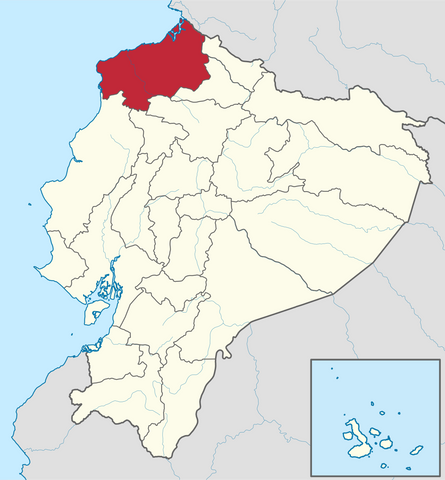
THE HISTORY OF CACAO IN ECUADOR
Indigenous Ecuadorians have cultivated cacao on stewarded wild lands for thousands of years. In fact, a recent archaeological study led by Francisco Valdez found ceramic pottery dated to 3300 BC containing traces of cacao - the oldest physical evidence of cacao use that we have access to at this time.
When the Spanish colonized Ecuador, they planted massive cacao plantations there, appropriating the land and ancient genetics that indigenous people were cultivating. By the 17th century, t
he majority of cacao grown in Ecuador was shipped to Europe, where hot chocolate had become a popular drink among the elite. By the mid 1800s, cacao made up over half of Ecuador’s exports, and it was the world’s largest producer of cacao beans. The Arriba region of the Guayas basin, renowned for its particularly delicious cacao beans, was covered in massive Nacional cacao plantations.
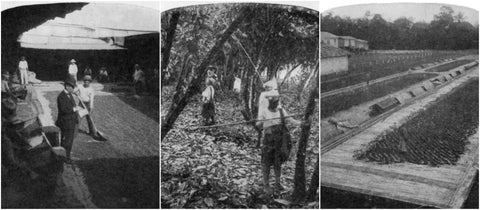
In 1916 and again in 1919, two unknown fungal diseases attacked the Nacional trees, decimating Ecuador’s cacao industry. In response to these disasters, farmers began planting hybrid species of cacao trees, and using irrigation, fertilizers, and herbicides to protect against future disasters and environmental instability - methods which hybrid trees could survive, but Nacional trees could not.
In the commodity based world cacao market, where a base price is set for a ton of cacao regardless of quality, it only makes sense to grown hybrid cacao trees, like the CCN51 clone popular in Ecuador. This clone is easier to grown and less prone to diseases, so it tends to produce higher yields. However, CCN51 cacao beans require tons of herbicides and pesticides to thrive, and do not have the same fine flavor as the Nacional beans.
Cacao clones growing plantation style in Ecuador
Today, Ecuador is the world’s largest producer of fine aroma cacao (providing up to 70% of the world’s supply), while producing only 4% of the world’s cacao. As Ecuador becomes well known for its fine flavored cacao, more and more farmers are seeing growing native, better flavored genetics as economically attractive. And growing fine cacao in agroforestry plots requires far less land, capital, and labor than growing hybrid cacao plantation style, making it accessible for small farmers with less wealth, and in many cases allowing them to continue their traditional life-ways.
RESEEDING THE RAINFOREST WITH REGENERATIVE AGROFORESTRY
Nacional trees grown best in agroforestry systems, shaded by large trees, in soil nourished by a rich diversity of other plants and animals - like the wild jungle. By paying a higher price for fine flavor cacao in Ecuador, we help make it economically possible for farmers to use regenerative farming practices like agroforestry, which produce lower yields of higher quality cacao, and reverse the degeneration of the natural environment.
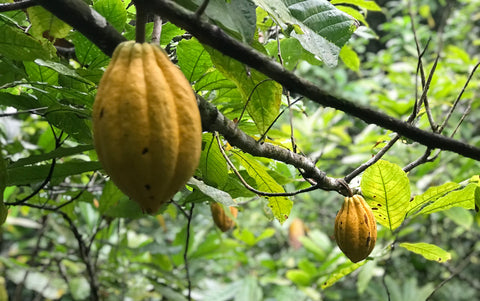
Arriba Nacional cacao pods at George Fletcher's regenerative cacao demonstration farm in Caimito, Ecuador.
Growing small quantities of high quality and high value cacao is better for small farmers - A study in Bolivia by The Research Institute of Organic Agriculture FiBL published in 2017 found that, while cacao yields were higher in monoculture, the profits made from other crops grown along with the cacao in agroforestry more than compensated for the reduced cacao yield. They also found that return on labor was about twice as high in agroforestry systems as compared to monoculture systems, making cacao agroforestry the more profitable choice, even with smaller yields.
The Ecuadorian cacao we use in our chocolate is grown in regenerative agroforestry systems along with cardamom, banana, yucca, vanilla, breadfruit, mamé, sacha inchi, and many of other tropical fruits and precious hardwoods, which provide additional income and food for farmers, create shade for cacao trees and contribute to a rich soil environment.
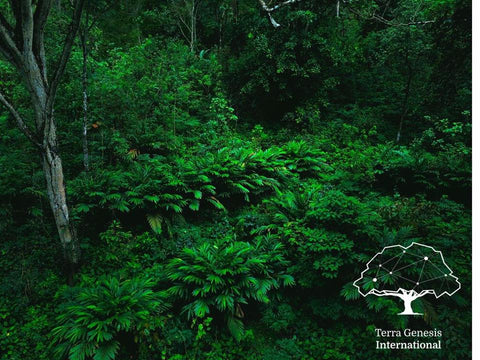
Multi-strata agroforestry at Finka Aekolado - Image from Terra Genesis International
"The amount of carbon that could be sequestered from the adoption of Regenerative Agriculture across the globe can bring the levels of CO2 in the air down to a pre-industrial level - effectively reversing global warming." ~ Christian Shearer, COO of Terra Genesis
Gregory and Eco Cacao work to connect the farmers in their co-op directly with small and medium sized chocolate makers (like us), as well as local processors and markets in Ecuador. This bypasses the system of brokers and processors that most cacao sold through the world commodity market is traded through, in which farmers are paid next to nothing and the majority of the profits goes to middle-men. Many bean to bar chocolate makers, like ourselves, choose to pay a premium cost - often thousands of dollars per ton above the world market rate - to farmers for fine flavor Arriba Nacional beans, which economically justifies farmers growing and maintaining this finer flavor cacao.
Additionally, in 2018 Endorfin Foods was the first company on record to pay a premium for regeneratively grown cacao. This means we are paying more for the additional work it takes to grow cacao in a manner where biodiversity, watershed management, and soil health are actively managed. We are actively involved in a growing multi-stakeholder movement that aims to transparently codify and establish a financial model to grow the availability of regenerative cacao from Eco Cacao in Ecuador. Once this model is developed, we aim to support it spreading to other cocoa producing regions around the world.
Eco Cacao uses the premiums they make to re-invest in their producers and the regeneration of their land, leading to even higher quality in cacao in each harvest. This system also allows small producers to compete with global commodity marker brokers by offering higher quality, better tasting cacao that chocolate makers - and consumers - know was produced ethically and sustainably. To learn more, check out this article about the incredible work Eco Cacao is doing to support farmer prosperity in Ecuador.
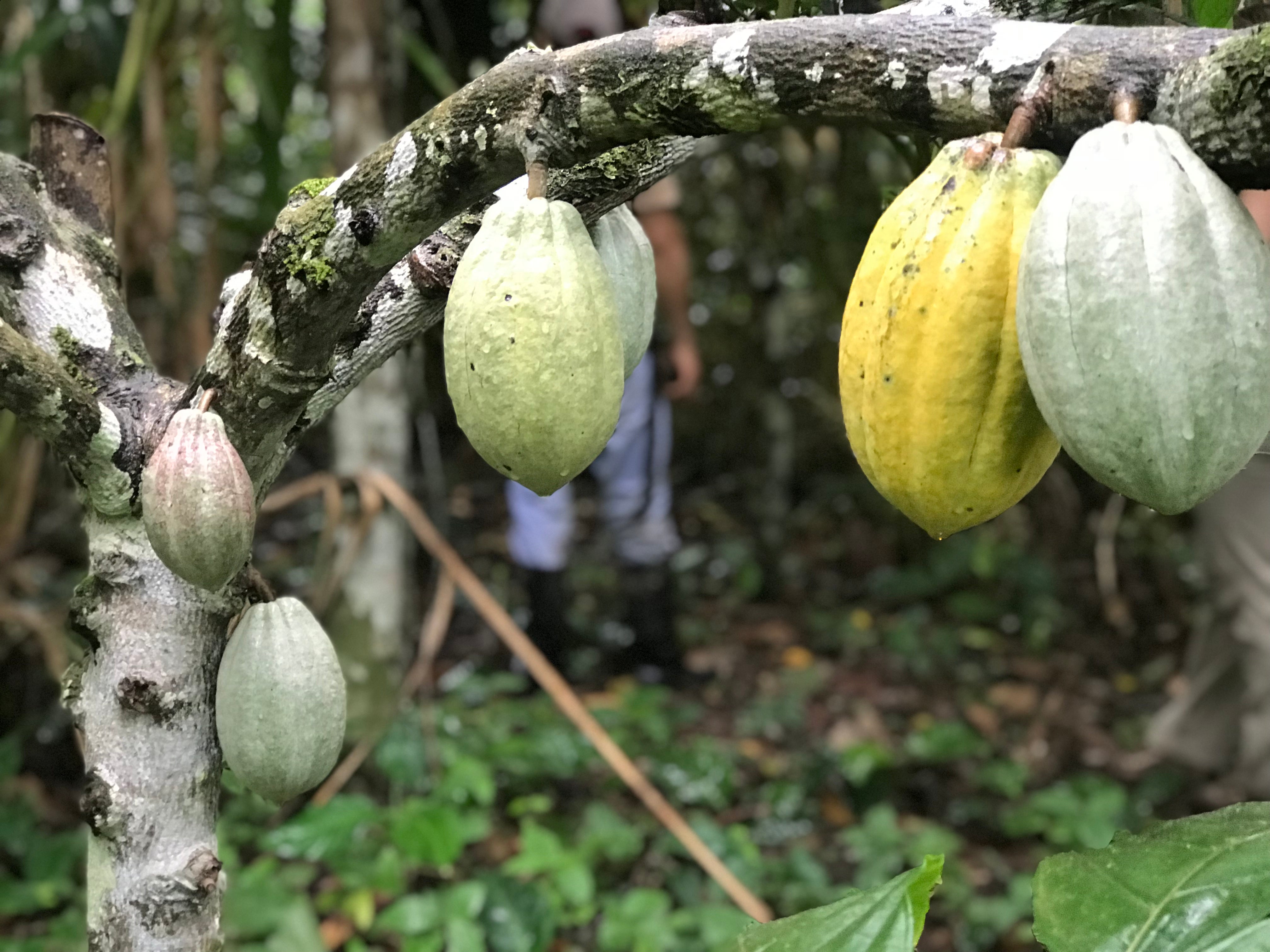
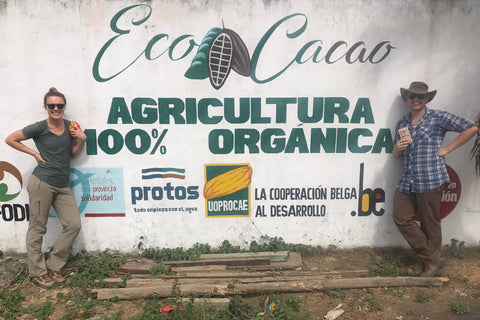







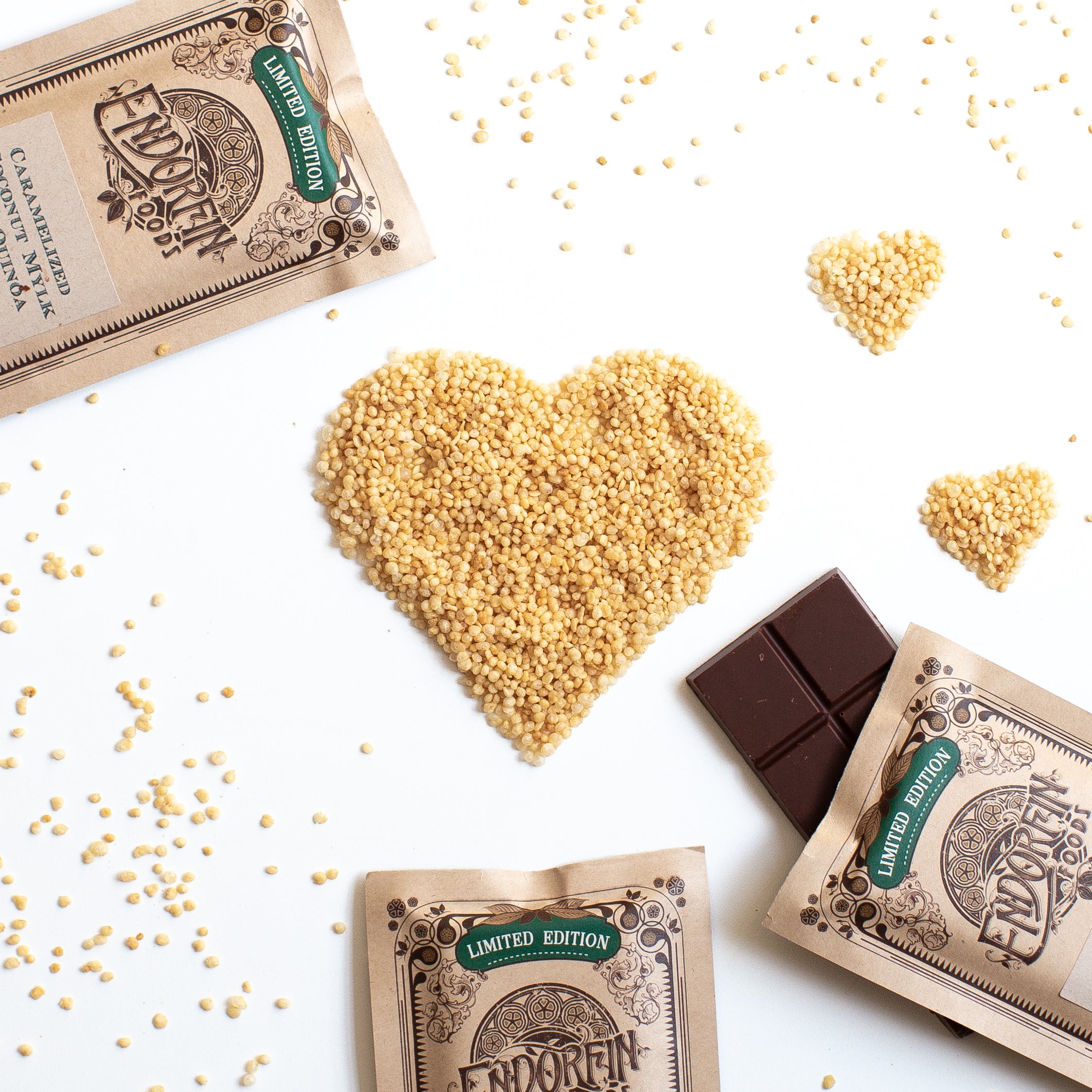
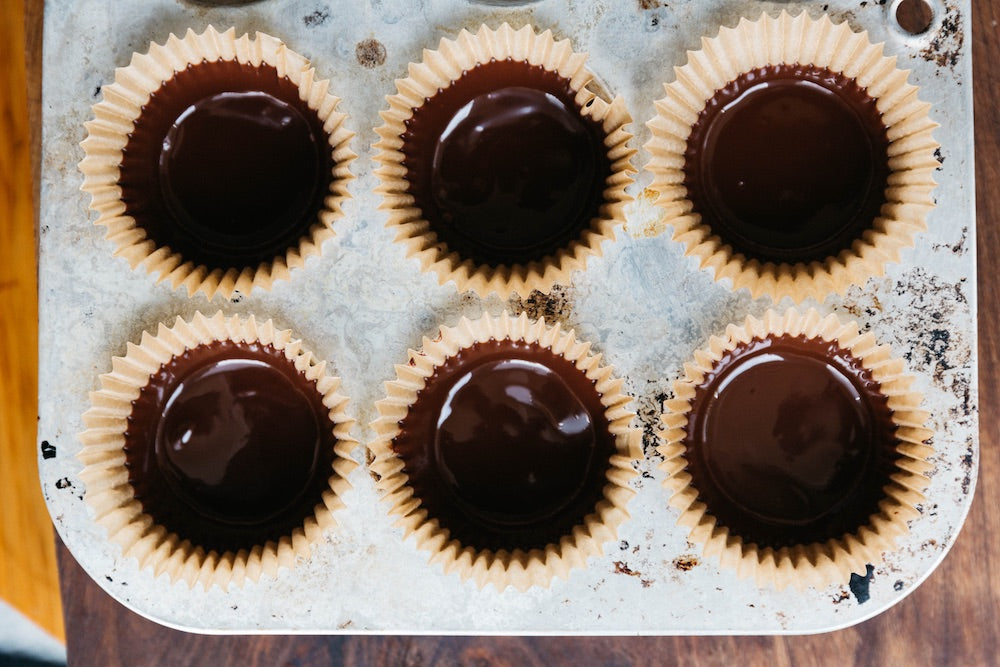
1 comment
I found this post fascinating. I have long been focusing on sustainably grown cacao and looking for brands that I can call sustainable chocolate in my work as a chocolate writer and researcher. But until today, I’d not heard of “regenerative agriculture” as how it is applied to cacao. I will delve into this further. Thanks!
Doreen Pendgracs
Leave a comment
This site is protected by hCaptcha and the hCaptcha Privacy Policy and Terms of Service apply.